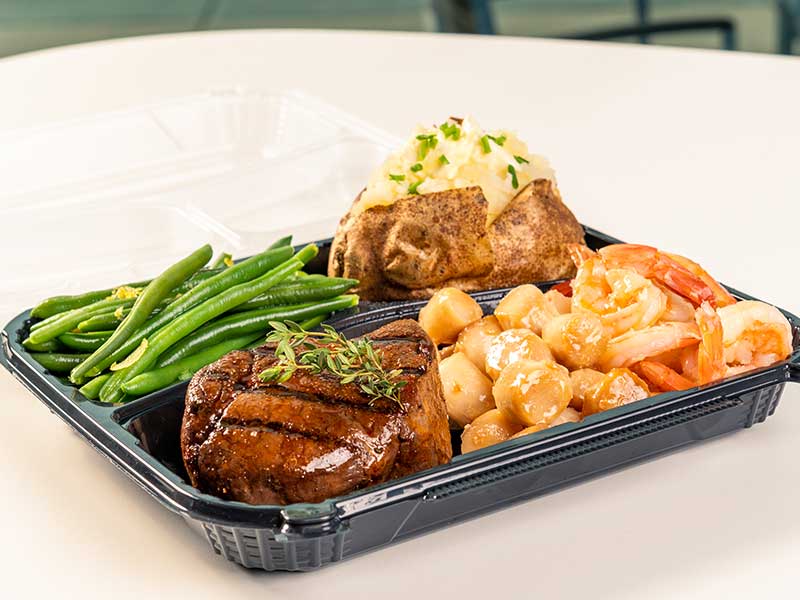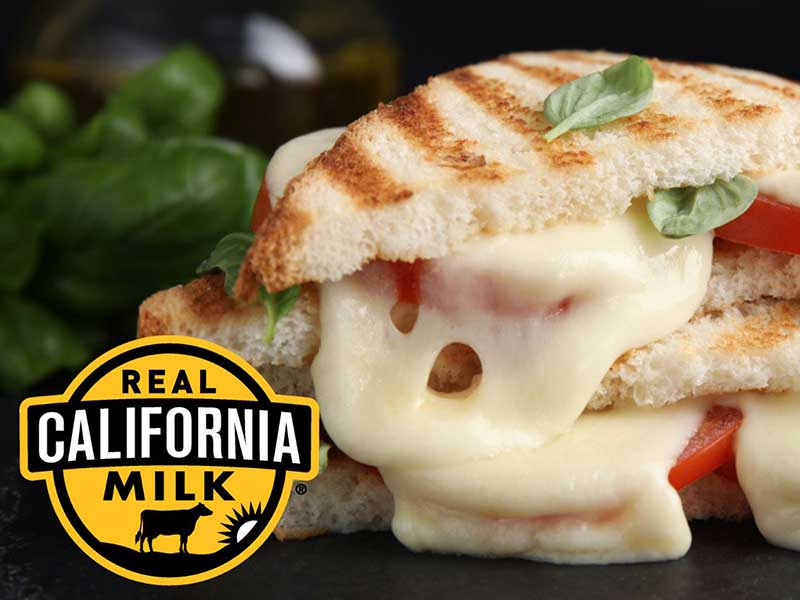When it comes to marketing for your restaurant, nothing is more important than understanding your target market — who they are, how they spend money, and what their values are.
Within your customer pool (existing and potential), you will find several different groups, or segments. Segmentation is a tool that allows you to tap into each distinct group of customers to create offerings and promotions that will have the most value for that group. Let’s dive into what segmentation means and how to use it to increase sales.
Behavioral Data
There are many different ways to approach segmenting customer groups. You can look at customers according to where they live, demographics like age or occupation, personality traits such as hobbies and interests, or by behaviors.
In terms of restaurant marketing, behavioral segmenting is probably the most straightforward and effective strategy. Segmenting based on behavior allows you to create offers that are customized to this group of guests, a technique that is more effective than a blanket marketing approach. Behavioral segmentation includes looking at how much customers spend per visit, whether or not they engage with your website or social media, or how many times they visit your restaurant and at what time of day. You’ll want to collect and analyze data over a certain period of time to determine these behavioral segments.
Customer segmentation should be measurable, meaningful, and actionable. You want to be able to reasonably determine the size of each segment and whether or not engaging with them will have a significant impact on traffic and sales, and it’s important to create a plan that will address this audience directly and effectively.
Driving Value
Once you know these groups, you can create promotions, discounts, and LTOs that are tailored to their values. Here are a few examples:
- Create a discount promotion on breakfast items for guests who regularly visit during the morning hours
- Invite guests who visit more than 2 times per month to join a loyalty program
- Incentivize customers who frequently make reservations to host a private party at your restaurant with a special discount code
- Promote happy hour specials to groups that often visit after work
- Mobilize your social media and newsletter audiences with targeted discounts that appeal to these customers, and promote them through those outlets
Marketing Plan
Segmentation can help you refine the voice that you use to communicate with each and every customer, especially in email communications, where you have better control of your audience. According to reports, audience segmentation is one of the top tactics used by marketers in email marketing. Create emails that are geared toward two or three specific segments, and then collect data to determine the effectiveness of your messaging.
Another way in which segmentation can be useful is through menu development. By understanding the needs of targeted customer groups, you can create menus that appeal to specific guests. An example might be a menu that features clean ingredients for health-conscious consumers.
Test Kitchen
While there are some overall guidelines for segmentations, it’s not an exact science. The approach will differ for every restaurant. Don’t stress if you are struggling to see results after the first few attempts. Use the data you collect to improve your offerings in the future and continue adjusting until you find something that works.



